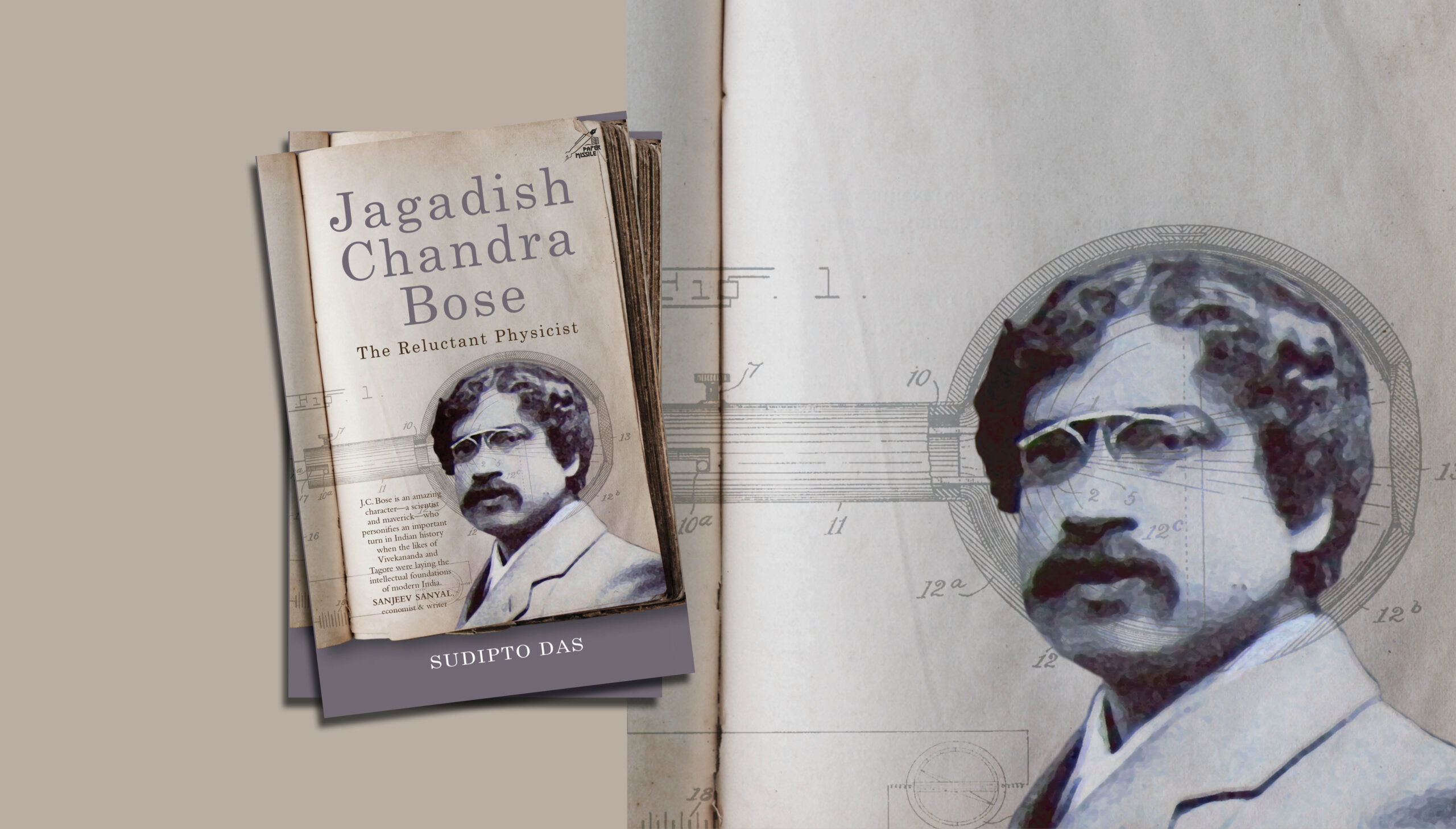
Decoding the Boseian Myth: Jagadish Chandra Bose’s Pioneering Role in Radio Science
In Bengal, there has always been a ‘Boseian’ myth that Bose was the inventor of the radio and that Marconi ran away with the radio and the glory that came with it. Bose’s research on plant response and plant physiology was too abstract to be part of any popular myth, so it was simplistically clubbed into one grand claim—Bose had discovered that plants too are alive, like us.
Bose himself never claimed that he had invented the radio. Twelve years after Marconi received the Nobel Prize for wireless telegraphy, Bose wrote, in a Bengali article published in 1921, ‘Invisible light passes easily through bricks and walls. So, somebody could as well use it for telegraphy without wires. I had demonstrated many experiments about that at the Town Hall in Calcutta in 1895.’ He went on to say that Marconi took patents for wireless telegraphy. ‘His extraordinary efforts and skill in advancing the practical usage of science have brought in a new age. Distance has totally vanished from the world…’
Bose was indeed not the inventor of the radio, but neither was Marconi. However, Bose was a pioneer in many things connected to Radio Science. Ironically, at home, he was being celebrated for what he did not do, and the rest of the world forgot what he actually did do. Though Bose worked on Radio Science, more specifically the Optics of Radio Waves, only between 1894 and 1899, he left behind many significant findings. Walter Houser Brattain was perhaps the first to discover these long forgotten works of Bose related to the radio. While tracing the history of semiconductor research, Brattain and his co-author observed: ‘The demonstration of the existence of radio waves by H Hertz in 1888 created a potential demand for a suitable detector, but it was not realised until 1904 that semiconductor rectifiers were well suited for this purpose.’
1904 was the date when Bose was awarded the only American patent he had applied for in 1901, a year before Brattain was born. Bose’s invention for the patent was a simple receiver for radio signals. It is one of the earliest known ancestors of a semiconductor device, and the first one to be patented.
In 1956 Brattain shared, with two others, the Nobel Prize for the invention of the point- contact transistor, a ground-breaking semiconductor device. Its later avatars are now the building blocks of everything that has electronics in it. Close to four decades after Brattain discovered Bose’s patent, scientists at the National Radio Astronomy Observatory (NRAO) at Kitt Peak, Arizona, were working on their latest 12-m telescope. They needed a compact mechanism to accurately control the intensity of the radio waves, 1.3 mm in wavelength. Their search for the most optimal attenuator led them to Bose’s invention—a simple double prism setup he had used in the 1890s, almost a century earlier.
Bose’s double prism experiment was described in standard textbooks worldwide since 1910. But for some unknown reason, his name was missing. Even the Nobel laureate Richard Feynman described the same experiment in his famous The Feynman Lectures on Physics in 1963, but without mentioning Bose’s name. Either through ignorance or oversight.
When Bose had used the double prism to control the intensity of the radio waves he was experimenting with, he was not even aware that he was possibly the first person to have observed what is known as Quantum Tunnelling. A special issue of the journal of the Institute of Electrical and Electronics Engineers (IEEE) in 1998 brought to light Bose’s works on the radio, undertaken as long back as 1894–99. This announcement served to reinforce the Boseian myth in Bengal about his invention of the radio.

